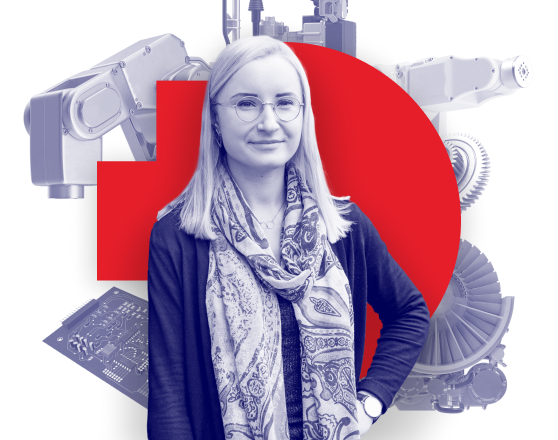The Master of Engineering (Electrical Engineering) consists of 192 credit points. After completing 96 credit points of study approved by the Program Manager, you may exit with a graduate diploma.
During this degree you will:
- undertake and be assessed on structured activities that allow you to learn, apply and demonstrate your professional or vocational practice
- interact with industry and the community when undertaking these activities
- complete these activities in real-work contexts or situations
Any or all of these aspects of a work-integrated learning (WIL) experience may be simulated.
Year 1
You'll study four core electrical engineering subjects, including Advanced Control Systems, Electrical Energy Conversion, Protection and High Voltage Engineering and Renewable Electrical Engineering Systems. You will also complete Research Methods in Engineering in preparation for the Masters Research Project that you are required to complete in Year 2 of your studies.
Year 2
You'll undertake the Master’s Research Project, working on an individual project to further develop your research, design and project management skills. Some projects include the opportunity to work within the local engineering industry.
These subjects provide a realistic work situation, allowing you to learn, apply and demonstrate your professional engineering practice.
In some of the core subjects, such as Protection and High Voltage Engineering and Renewable Electrical Engineering Systems, talks by guest speakers from industry and visits to industrial sites such as power plants and substations may form part of the course delivery.





